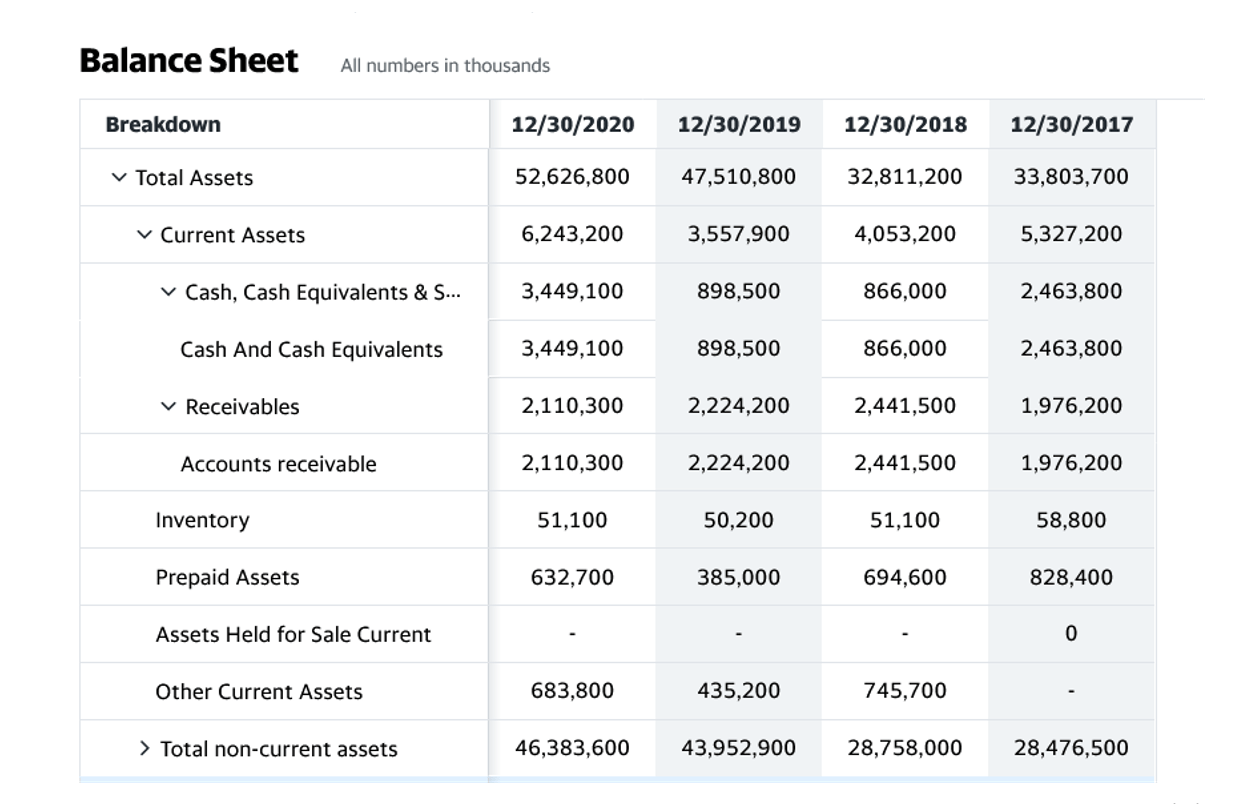
Consider other incentives, such as coupling net terms with an incentive for early payment. Something as simple as this could be the edge that you leverage to keep your customers loyal. Early payment plans are not only a great way to gain customer loyalty, this also provides an opportunity for you to receive full payment of your accounts receivables sooner. This shows that you understand their situation and want to build a win-win relationship with them. Net terms can be a door to new customers that will be loyal to purchasing from you for an extended period of time. Essentially, net payment terms provide your customer with a grace period before an invoice is due.

Every single month, 60% of small businesses suffer from cash flow optimization challenges. To make this decision, consider factors like your industry standards, client relationships, and cash flow projections. 2/10 net 60 follows a similar principle as 1/10 net 60, except it offers a slightly higher discount of 2% for early payment within 10 days. If a buyer chooses not to take advantage of the discount, the full payment remains due within 60 days. Buy now, pay later is another option for businesses selling pricy products that consumers may not be able to afford upfront. It’s a method to increase your sales without lowering the price point of your products.
What Else Goes on Invoices
Offering net terms allows customers (typically small businesses and medium-sized businesses) to purchase from you when they otherwise would not be able to. If their payments to you aren’t due immediately, barriers https://www.bookstime.com/articles/consolidation-accounting-definition to purchasing are removed and this gives them the chance to sell their goods and services before paying you. On the other hand, a credit card will typically start charging interest after one month.
Processing and managing net terms create more administration and add more steps to your back-end processes than you probably realize. Your team will need to analyze credit applications, review trade reference checks, set net terms for each customer, and manually track invoices, discounts, late payments, and what is net 60 terms reconcile collections. When getting approved for vendor accounts with invoice payment terms up to 60 days, you can maximize your cash flow while increasing inventory and building up your business credit. To encourage clients to pay invoices sooner, most business owners will offer early payment discounts.
How do businesses benefit from net terms?
The socio-emotional attitudes which businesses consider to be growing in importance most quickly are curiosity and lifelong learning; resilience, flexibility and agility; and motivation and self-awareness. Systems thinking, AI and big data, talent management, and service orientation and customer service complete the top 10 growing skills. The reason many companies now accept Net 60 payment terms stems from their desire to increase sales and their business contacts. It does the vendor or merchant little benefit by accepting invoices except that they are doing business with a buyer. The buyer’s credit score increases, and the seller receives a new client with payment promised.
- The best, foolproof way to establish your business credit is by making on-time payments.
- Even if you were able to have enough staff in-house to manage all these steps, the process still comes with risk.
- Essentially, net payment terms provide your customer with a grace period before an invoice is due.
- Thankfully, trade credit, or ‘net terms’, gives businesses a flexible financing option when they are short on cash.
- The cash-flow impact of payment terms isn’t always as clear cut as it seems.
Rather than paying for what you need upfront, the vendor invoices you for those purchases, requiring you pay the balance by a specific number of days after the invoice date. Surveyed companies report that investing in learning and on-the-job training and automating processes are the most common workforce strategies which will be adopted to deliver their organizations’ business goals. Four in five respondents expect to implement these strategies in the next five years. To close skills gaps, respondents expect to reject external training solutions in favour of company-led initiatives. Most companies should follow their designated standard payment terms by industry.

No comment